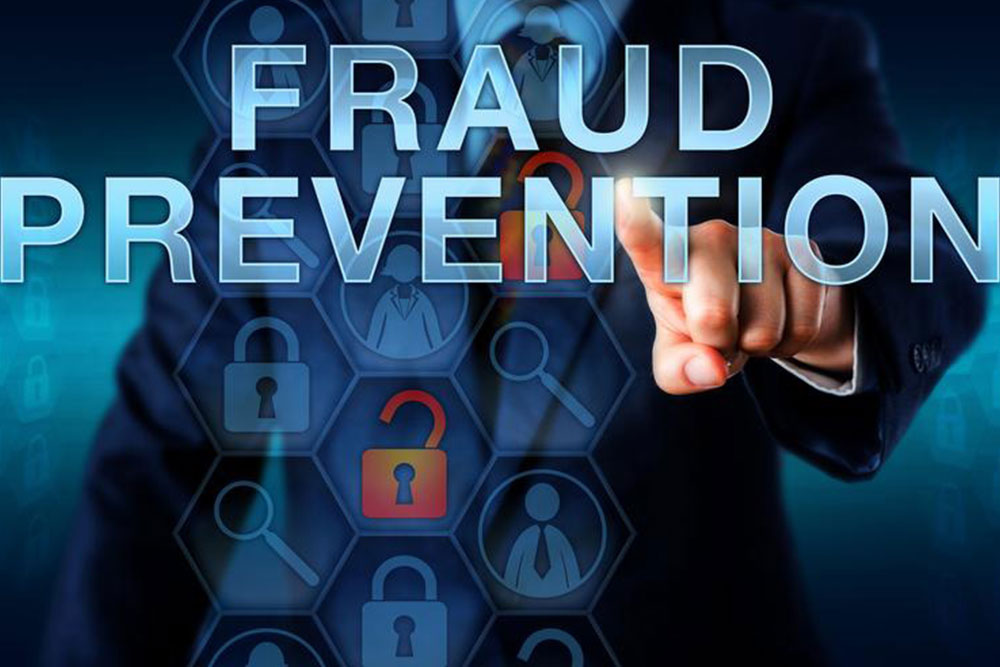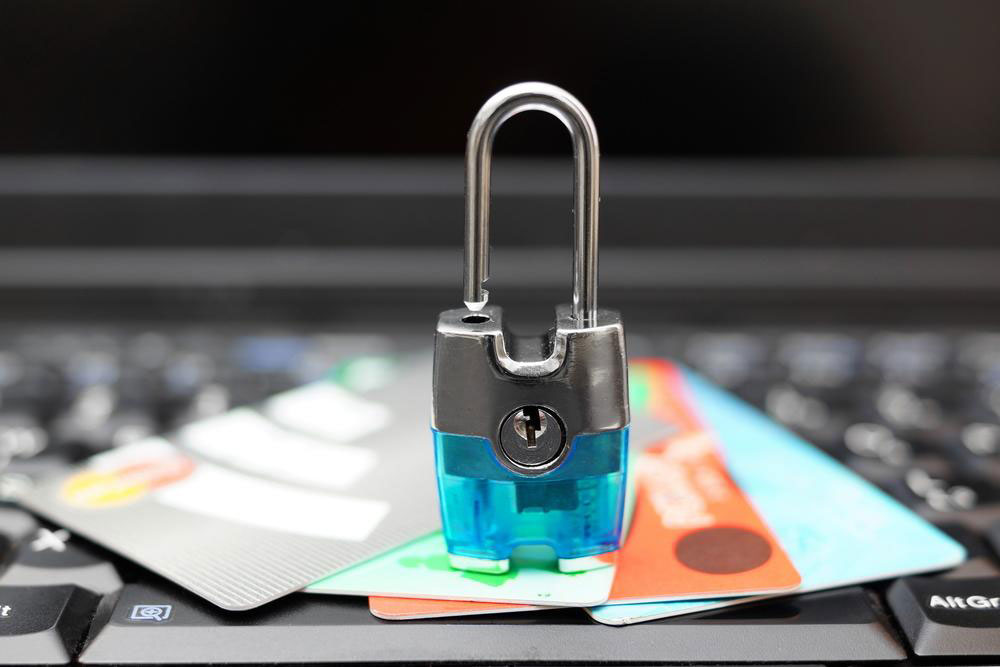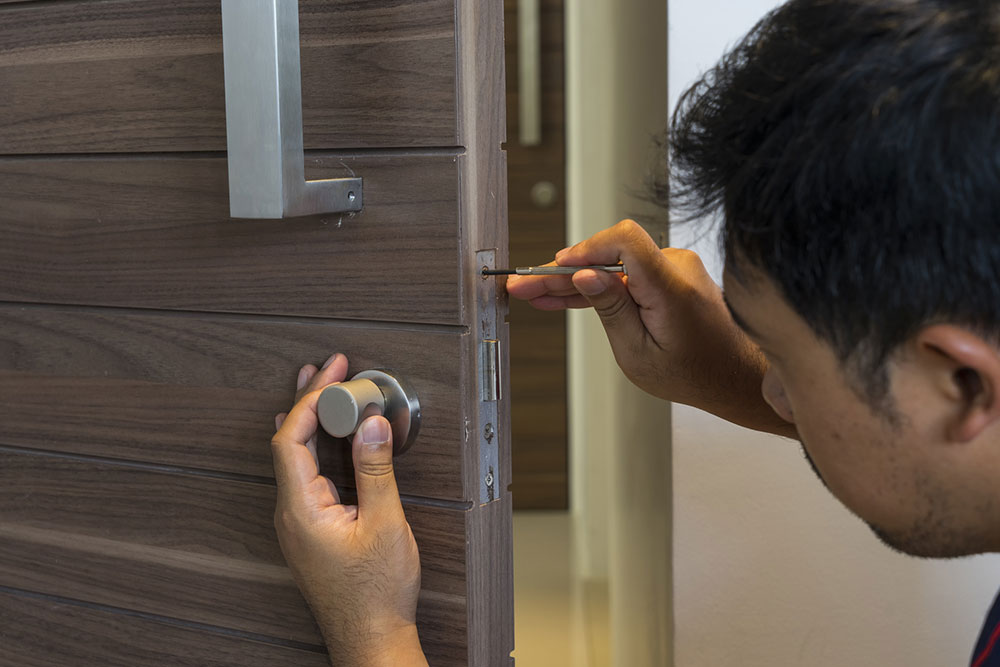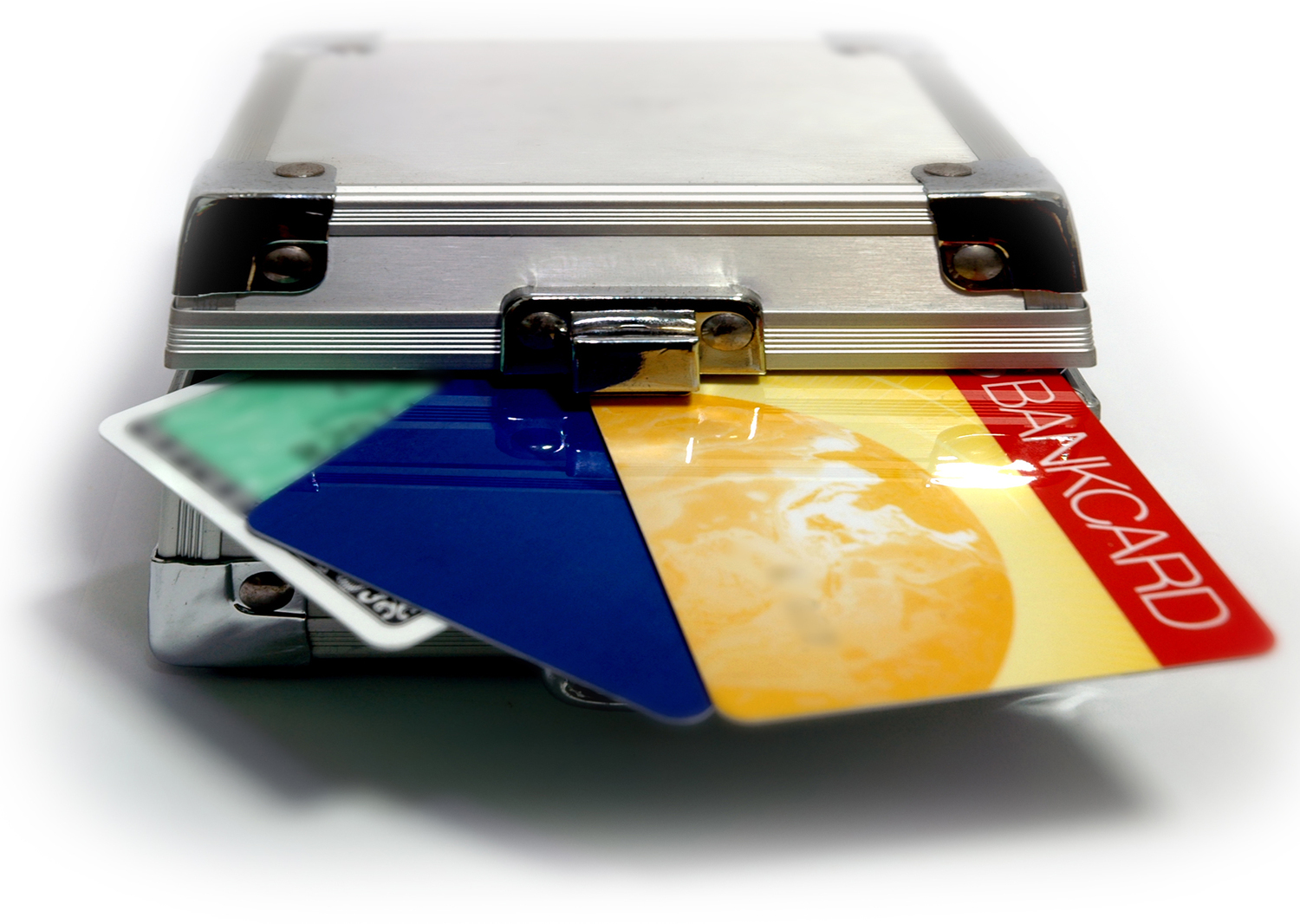Top 5 Strategies for Verifying Online Identities
This article explores five essential online identity verification methods that enhance security and prevent fraud across industries. From two-factor authentication to biometric selfie checks, these strategies help businesses safeguard user data. Combining multiple verification techniques creates a robust defense against digital identity threats, ensuring safer online interactions for users and organizations alike.

Top 5 Strategies for Verifying Online Identities
In the digital age, protecting against online scams and identity theft is essential for businesses across various industries like finance, healthcare, and government services. Implementing effective identity verification processes helps ensure that only genuine users access sensitive platforms, safeguarding both company assets and customer data.
1. Two-Factor Authentication (2FA)
Two-factor authentication, also called multi-factor authentication, requires users to provide two forms of identification to confirm their identity. It acts as a vital defense against cyber threats like account hacking and fraud. Typically, users enter a code sent via email or SMS after entering their password, adding an extra security layer. This process is repeated during account recovery or biometric authentications, thus bolstering account security.
2. Document-Based Verification
This method involves verifying government-issued IDs such as passports or driver’s licenses. By examining security features and document integrity—often through OCR and AI tools—organizations can detect forgeries and ensure compliance with regulations like KYC and anti-money laundering laws. The process usually includes personal data input, document submission, verification, and granting access based on authenticity.
3. Cross-Reference with Official Records
This approach uses proprietary and public databases to authenticate ID documents and personal details, providing an additional layer of assurance. It confirms that submitted information matches government records before granting access or services, minimizing fraud risk.
4. Credit Data Validation
Financial institutions often verify identities by comparing customer data with credit bureau records. This method is essential for opening new bank accounts or processing loans, as it ensures the individual’s identity aligns with trusted credit information, reducing the chance of identity fraud.
5. Biometric Selfie Verification
This technique uses facial recognition technology where users take a selfie following onscreen instructions. Typically used during onboarding or transaction verification, it combines biometric data with liveness detection to prevent fraud. Advanced systems can identify AI-generated images, ensuring genuine verification through pulse, shadows, skin texture, and reflections.
While no single method is foolproof, combining these techniques provides comprehensive security. Using layered verification processes helps businesses protect their platforms against impersonation, fraud, and unauthorized access.










